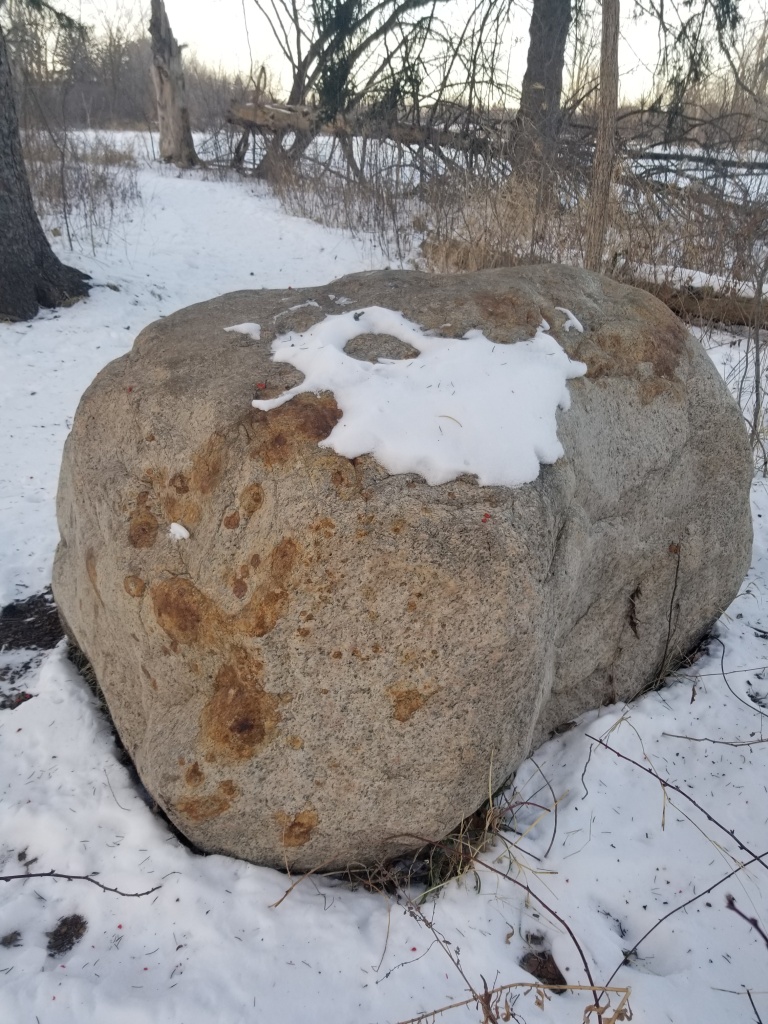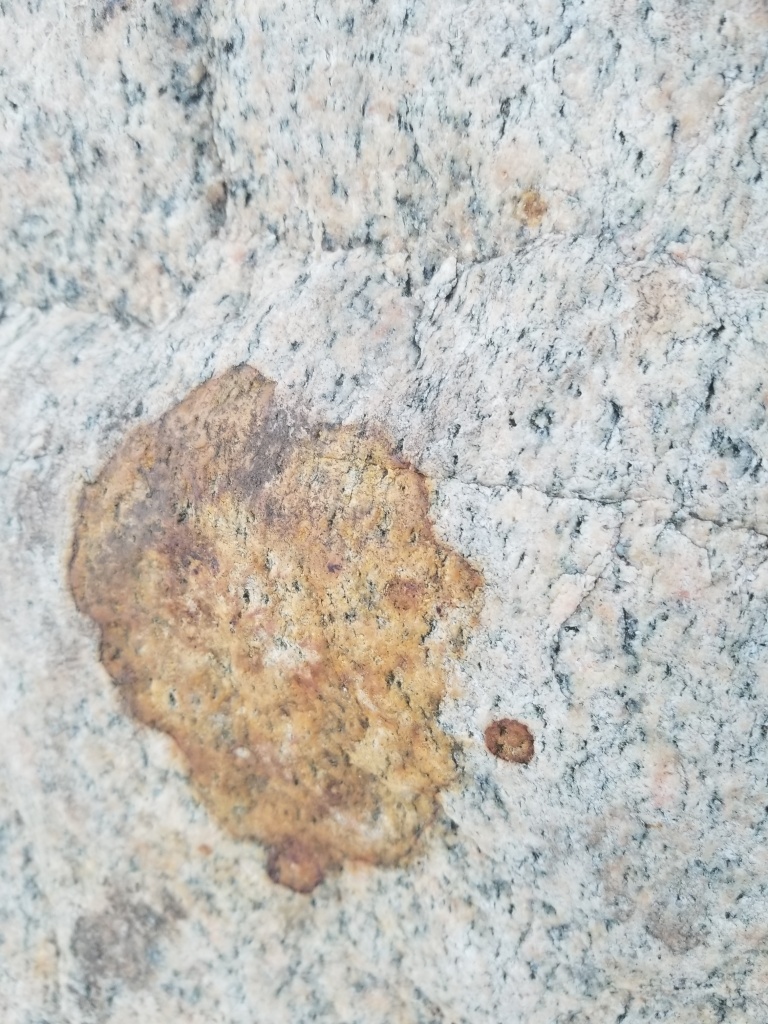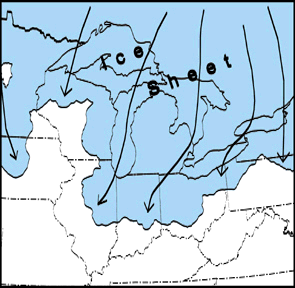
Welcome to our new blog!
Welcome to Spring Valley’s new blog – Notes from the Valley! Our goal is to provide enlightening, interesting, and perhaps even provocative information on Illinois’ natural history, plants and animals, agricultural history, and the human relationship to the land. In keeping with our stated mission to “educate…regarding the natural and cultural history of the Schaumburg area and how people have and continue to interact with…the landscape,” we will update this blog with new postings once each month. For many years, Spring Valley’s Natural Enquirer newsletter served a similar function (among other things), with a new issue coming out in printed and/or digital form bi-monthly. This blog represents the continued evolution in conveying information to our patrons, supporters, volunteers, and friends. As we roll this new effort out during the next several months, we welcome your questions and comments and your own observations, notes and musings.
A Story Written in Stone
Snow crystals flutter down from the spruce trees glistening in the sun, dislodged from the branches by a steadily sighing west breeze. The snow lands on the large boulder located beneath the trees midway between the frozen pond and Spring Valley’s log cabin. The south face of the boulder almost feels warm on this cold winter afternoon. It likely is the warmest thing to be found here in this frozen landscape.
Mid-winter is a good time to ponder rocks. They become not only more visible but also more interesting during winter. Their subtle shapes and textures don’t have to compete so much with plants and birds for attention. People are drawn to large boulders, especially here in glaciated Illinois where they contrast with our landscape’s otherwise soft and smooth relief. We wonder how they arrived in this spot, how long they’ve been here, and what historical moments they’ve witnessed while sitting here. Children immediately try to climb upon them and run their hands across them. Rocks like these invite closer inspection, revealing fascinating and detailed worlds in miniature. Glittering crystals embedded in their surface become valuable gemstones waiting to be freed from their stony prison. Cracks and crevices become deep canyons where ants and spiders can hide during summertime.

In most of Illinois, rocks, and the story they tell are not as apparent as they might be in more mountainous regions, where exposed bedrock juts out from every hilltop and bend in the road. The bedrock here is buried beneath hundreds of feet of sand, clay, and boulders, which were dumped by glaciers over 12,000 years ago. It is this glacial debris that holds all the stories for us. While our geological history doesn’t present itself in dramatic fashion as it does in a place like the Grand Canyon or the front range of the Rocky Mountains, the origins of those big boulders we see are filled with a drama all their own.

A close examination of the boulder reveals detail not apparent when viewed from a distance. Its plain surface is pinkish-white and speckled with black and gray, indicating that it is granite. Several large rust stains are spread across its sides in several locations, indicating the presence of iron within the rock. We have no granite outcrops in northern Illinois. Our bedrock consists of limestones and sandstones, the compressed sediments laid on the bottom of ancient seas. In fact, the nearest granite outcrops are in northern Wisconsin. We know that this area’s glaciers moved south through what is now Lake Michigan and spread lobes southwest across northeastern Illinois. There are both iron-bearing rocks and granite in Michigan’s Upper Peninsula as well as farther north in Canada. Therefore, our boulder likely came from somewhere beyond Lake Michigan’s northern shores, possibly even Canada.

We can take the story even farther back, even without knowing exactly where the boulder was broken free of its outcrop by the grinding mile-thick ice sheet to begin its tumbling journey southward. Geologists classify granite as an intrusive igneous rock, which means that it was formed from molten minerals deep within the earth which cooled slowly over thousands of years. This slow cooling allows large crystals of quartz, feldspar, and other minerals to form, which give the rock its light pinkish color and speckled appearance (the speckles are crystals of biotite and mica, two other minerals found in granite). Granites are born of chemical processes deep within the earth’s crust, but they are brought to the surface when mountain ranges are pushed up and/or the endless forces of weathering and erosion eat away at the rocks which overlay them. These processes take millions of years to occur. Suffice to say that our boulder is very, very old.
Given its ancient origins and its long journey from the northern Great Lakes, the rock takes on an air of nobility. Its appearance now, sitting here under the trees, partially covered in snow and warmed on one side by the sun, seems almost undignified. Possibly, it should be placed on a pedestal in a museum somewhere. But then I remember that this boulder’s presence has been honored in the past. A wedding occurred here once, the boulder serving as the focal point around which the bride and groom took their vows. A child was baptized and welcomed here, the boulder serving as the altar. No doubt, many other people have come together here to establish a covenant, make a promise, express their love, their joy, their sadness, or maybe just take a picture. Others have come here to be alone with their thoughts. Others have simply stopped to lean on the rock to rest. All have been drawn to it for some reason or another. Only after the frost of ten thousand winters and the heat of ten thousand summers has cracked and split the rock into rubble, and the forest (or whatever is growing here) covers what remains, will people stop being drawn to it. Until then, it serves a noble purpose. It reminds us of the ancient history of our planet, a history we all share and adds something to each day.
Note: this article was originally featured in a 2001 edition of Spring Valley’s former newsletter, Natural Enquirer
One response to “A Story Written in Stone”
This rock is a favorite climbing place for the kids in The forest School. They rarely pass it without stopping to climb on it.
LikeLiked by 1 person